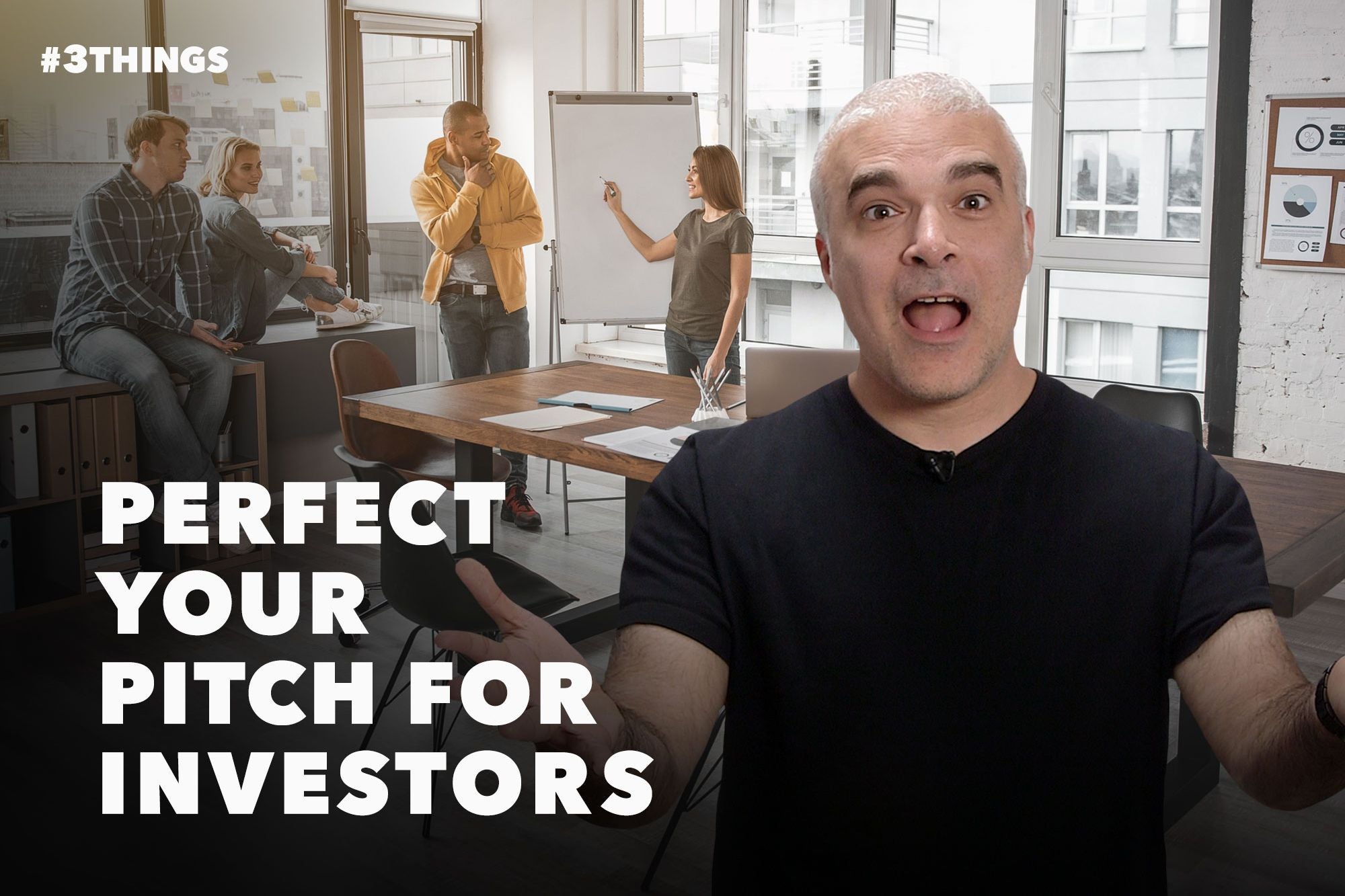Making The Case For Telehealth in the GCC Technology is about to improve the delivery of primary healthcare in the GCC by 10x.
Opinions expressed by Entrepreneur contributors are their own.
You're reading Entrepreneur Middle East, an international franchise of Entrepreneur Media.

The delivery of primary care in the GCC is broken. The current model no longer works: with a huge disparity in quality, accessibility and cost, coupled with regional governments being more stretched financially today than at any stage in their recent history, there has never been more pressure on our healthcare resources. This challenge is not confined to the region. Yet, with GCC healthcare spending set to reach $60bn by 2025, five times greater than today, the sector requires a huge efficiency drive in the region.
The depth of the issue is well illustrated by our over-reliance on emergency resources. According to Abu Dhabi figures, around one third of visits to the emergency units are due to non-emergency conditions, such as colds, stomach bugs or minor cuts and bruises. This signals a failure in our regional healthcare delivery system, and represents an ineffective use of limited healthcare funds. In the UAE, there are few alternatives for patients who become sick out-of-hours. Dr Firas Al Najjar, head of emergency medicine at Rashid Hospital in Dubai, commented as far back as 2014 that "it is very important to recognize the tremendous overuse and misuse of emergency departments. We need to start thinking how we will change the system."
It is technology, specifically in the form of telehealth, that is poised to release pressure on regional healthcare resources.
Telehealth is the provision of healthcare remotely, by means of telecommunication technology. Already commonplace in Western markets, such as the USA and the UK, telehealth allows for patients to have live video interactions with doctors. If done correctly, telehealth replaces unnecessary visits to clinics and emergency rooms, and significantly reduces the cost of healthcare for patients, insurers and governments, while at the same time increases overall accessibility and clinical outcomes. With telehealth regulation already signed off in Dubai by the Dubai Health Authority in early 2017, other regional regulators are set to follow suit.
Related: Medativ Is Bringing 3D Printing Medical Solutions To The MENA Healthcare Industry
Here are 10 ways in which telehealth can help:
Significantly reduces the costs for patients, insurers and governments- It is estimated in the US that more than 90% of walk-in doctor visits to private clinics and emergency rooms can be successfully treated via video.
Improves healthcare outcomes- With the advent of artificial intelligence, at-home monitoring and machine learning, the use of technology allows doctors to correctly diagnose more than 97% of the time, versus 74% where no technology is utilized.
Provides real-time access to care- App and web based telehealth solutions can allow patients to interact with doctors with a wait time as short as 2 minutes, alleviating the need to book an appointment, suffer a lengthy car journey and time spend in a waiting room with other sick patients.
Eliminates socio-economic barriers such as lack of transportation- Telehealth provides a level playing field, with all patients, irrespective of wealth or circumstance, able to access the same quality of doctors, in real time.
Allows for continuity and monitoring of treatment plans from home- With readmission rates at an all time high, patients can receive continuity of care from the comfort of their own home.
Reduces unnecessary diagnostic testing- With unnecessary diagnostic testing predicted to be as high as 75% in some markets, telehealth only allows for patients to have diagnostic tests when really necessary
Reduces reliance on emergency rooms- Telehealth provides an alternative outlet for non-emergency conditions, particularly after-hours.
Reduces the number of sick-days taken and thereby increases productivity- With patients able to see doctors on demand, there is no need to book an appointment with your doctor and take time off work.
Improves patient safety- Unlike in a physical environment, technology allows for the recording of consultations and the monitoring and improvement of clinical and non-clinical quality.
Reduces unnecessary paperwork- As technology platforms are integrated with pharmacies, clinics, hospitals and insurers, no-longer will we have to fill out endless forms.
Telehealth technology won't solve all primary healthcare challenges, but as proved in the US and the UK, it can be a hugely effective tool for reducing the pressure on regional resources and governments. In the US for example, telehealth is increasingly being promoted by employer-sponsored benefit plans and major health insurance plans as a covered clinical service. Telehealth technology has the added benefit of helping providers do more with limited resources, provide consistent diagnostic experiences, and improve the quality of care while reducing costs.
As healthcare continues to evolve in the region, innovations in healthcare delivery and consumerism, changing regulatory standards, and technological capabilities will only drive future telehealth growth. If you are skeptical, don't be. As proved in other markets, telehealth in the GCC is set to deliver a better experience for regional doctors and patients, while improving clinical outcomes and financial performance.
"TREP TALK
Health at Hand Founder Charlie Barlow's tips for entrepreneurs
Do your research
You need to know the problems that exist for all stakeholders, from every angle. Don't just listen to one side of the story and don't be swayed by stakeholders' biases- you need a realistic overview of the landscape.
Go straight to the top
Don't settle for basing your research on second-hand "facts' and assumptions. If you are unsure about the regulatory landscape, get a meeting with the most senior individual in the most appropriate department. Be tenacious, listen hard and be prepared to be passed around before you find the right person.
Don't try to solve every problem at once
Be selective- if you are only solving one piece of the puzzle but doing it brilliantly you are setting right foundation for a solution that will have real impact.
Related: Surging Ahead: Dr. Azad Moopen, Founder Chairman And Managing Director, Aster DM Healthcare











